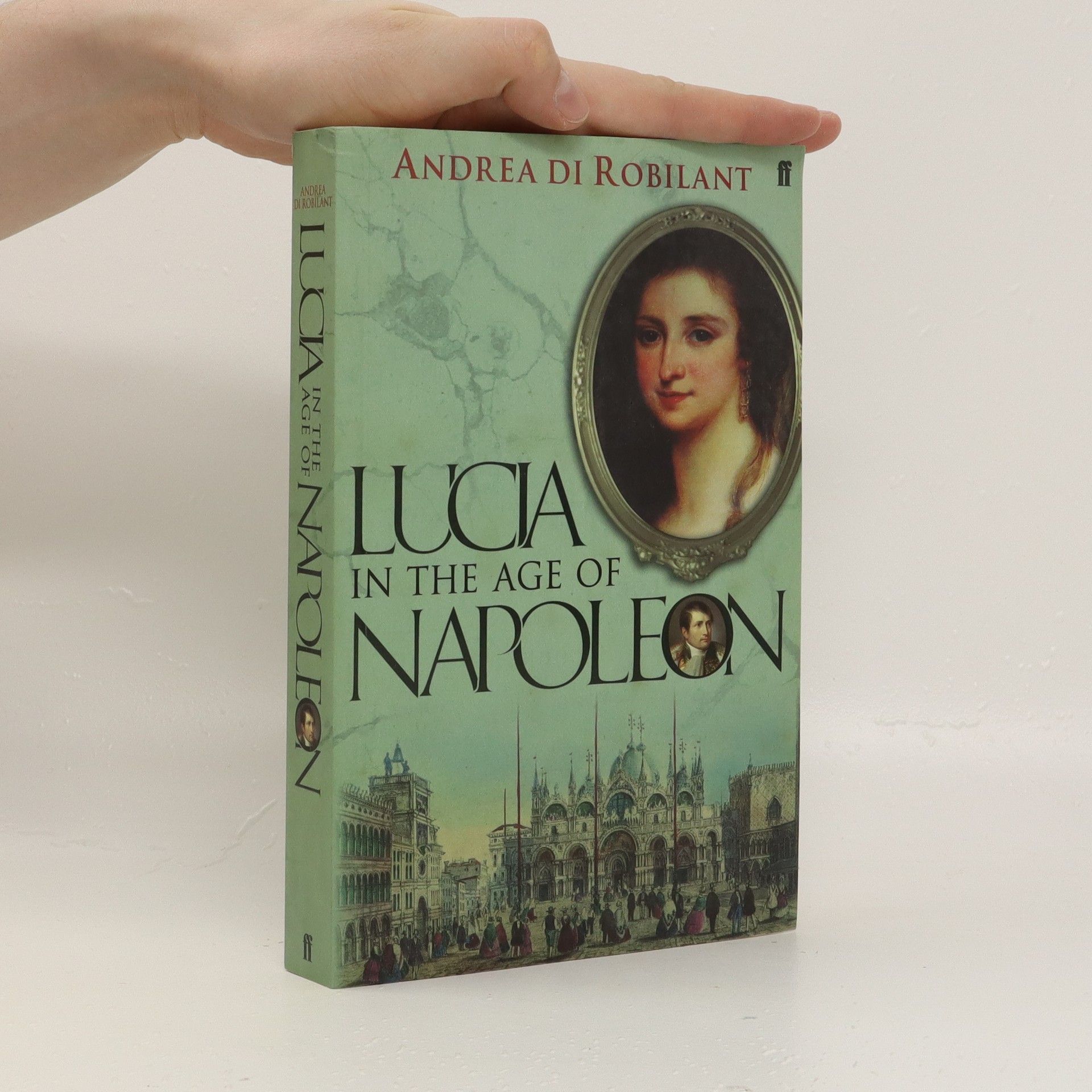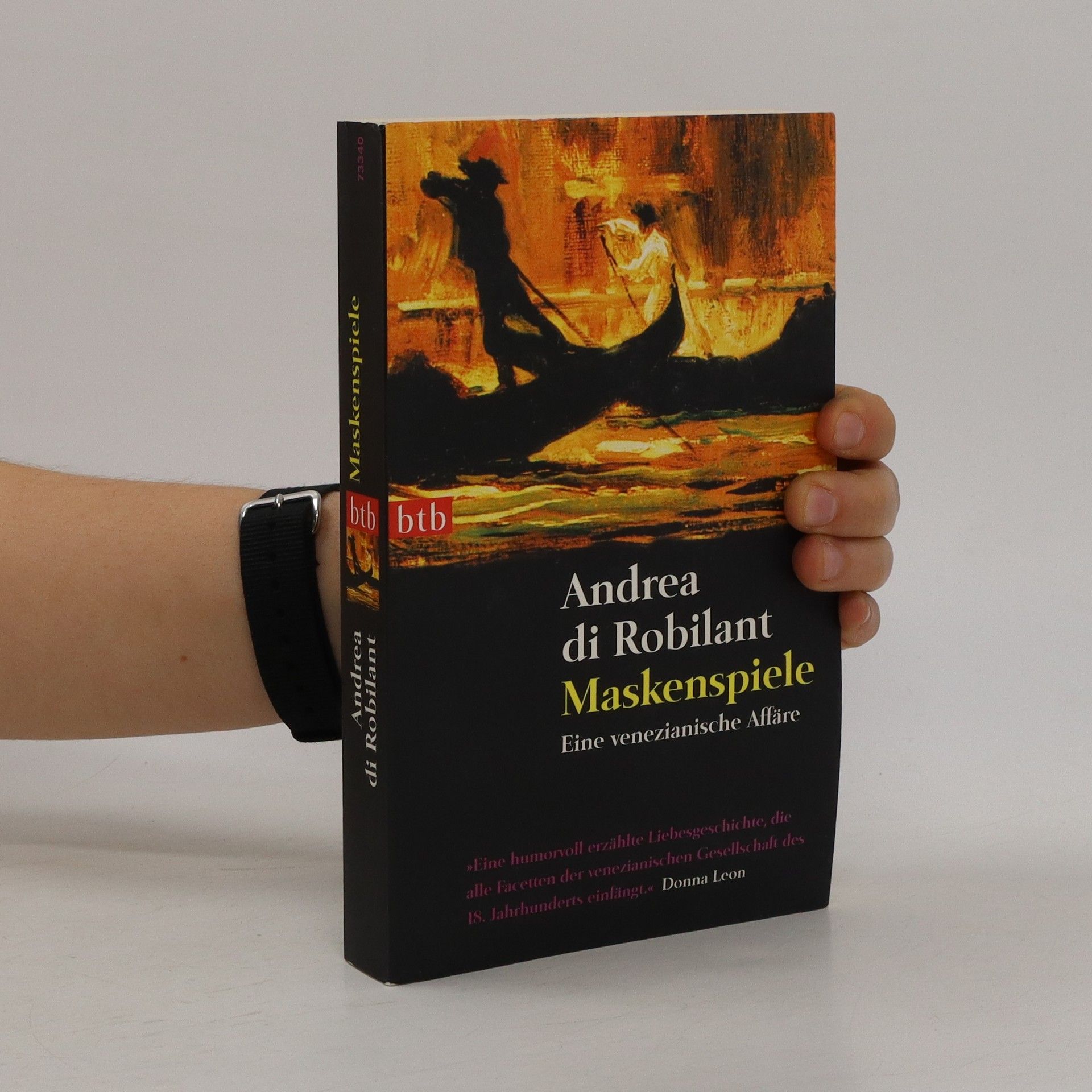The fascinating story of the Venetian who helped to map the World during the Renaissance, by the author of A Venetian Affair and Autumn in Venice.
Andrea Di Robilant Reihenfolge der Bücher
Andrea di Robilant ist ein Korrespondent für die Zeitung La Stampa und lebt in Rom.







- 2024
- 2007
In 1797, Lucia, the beautiful sixteen-year-old daughter of a Venetian statesman, was married off to Alvise Mocenigo, scion of one of the wealthiest and most powerful families of the once glorious maritime Republic. They were a golden couple in Venice s twilight years. But Lucia s life was suddenly transformed when the thousand-year-old Serenissima collapsed under the blows of young Bonaparte in 1797. Whether as a dazzling young hostess in Habsburg Vienna, lady-in-waiting at the court of Prince Eugene de Beauharnais in Milan, single mother in Paris during the fall of Napoleon s Empire or as Byron s hard-fisted landlady during the poet s stay in Venice, Lucia lived to be a remarkable witness to an age of great turmoil. Two hundred years later, Andrea di Robilant, Lucia s great-great-great-great grandson, has unearthed letters and diaries in archives across Europe to draw an intimate and vivid portrait of his ancestor, and of the exceptional times she lived in.
- 2003
Een liefde in Venetië
- 379 Seiten
- 14 Lesestunden
Reconstructie op basis van brieven en archiefonderzoek van een liefdesgeschiedenis in het 18e eeuwse Venetië.
- 2003
Andrea di Robilants Vater machte eine sensationelle Entdeckung: Auf dem Dachboden des Familien-Palazzos am venezianischen Canal Grande fand er eine modrige Kiste voller Briefe, übersäht mit Weinflecken und Siegelwachs. Es waren mehr als hundert Briefe, die in den fünfziger und sechziger Jahren des 18. Jahrhunderts geschrieben wurden. Sie erzählen die Geschichte einer nicht standesgemäßen Lieben zwischen dem venezianischen Edelmann Andrea Memmo und einer protestantischen, noch dazu unehelich geborenen Halbengländerin, Giustiniana Wynne. Diese Briefe, die in "Maskenspiele" erstmals veröffentlicht werden, vervollständigen ein Liebesdrama, das bisher nur durch die Andeutungen in Giacomo Casanovas Memoiren bekannt war. "Nie hätte ich geglaubt, dass mir gegeben sei, mit solcher Heftigkeit zu lieben", schreibt Giustiniana zu Anfang der langjährigen Affäre. Doch das Paar kann nicht häufig zusammenkommen, meist können sie sich ihre Gefühle nur in Briefe versichern. In diesen Briefen berichten sie zugleich von ihrem Alltag: Andrea erzählt von seiner Montesquieu-Lektüre und Giustiniana von ihren Besuchen im Ridotto, einem der beliebtesten Salons zu jener Zeit, als sich Venedig dauerhaft im Festtaumel des Karnevals befand. So wird in "Maskenspiele" nicht nur Zeugnis von einer wahren, längst vergangenen Liebe abgelegt, sondern auch ein äußerst farbenprächtiges Bild von Venedigs Glanzepoche entworfen.